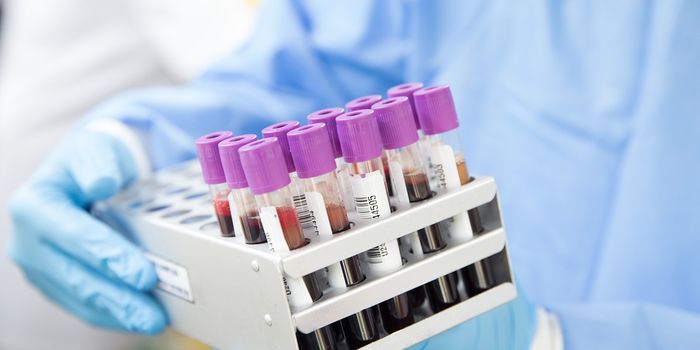New hope for children's brain cancer DIPG
New research published in Nature Communications provides insight on a potential treatment for an aggressive form of brain cancer called Diffuse Intrinsic Pontine Gliomas (DIPG) which usually affects children under 10. There is currently no standard of care for DIPG as the tumor that grows in the brain stem is inoperable; and while the number of patients affected in the U.S. is only approximately 300 annually, most patients do not survive more than a year after diagnosis.
The research comes from a collaboration between scientists at Yale University, University of Iowa, and the Translational Genomics Research Institute (TGen), an affiliate of City of Hope. It identifies a pathway that could disrupt the cellular process of DIPG.
DIPG develops in part because of a genetic mutation called PPM1D which affects cell growth and cell stress response. The team behind the study figured out a way to directly target PPM1D via the metabolite called NAD.
"This is really an amazing new way to attack this cancer. We found that the mutated gene PPM1D essentially sets the stage for its own demise," said senior author of the study, Michael Berens, Ph.D., a TGen Deputy Director, head of TGen's DIPG research.
"Our study's potential translational impact should lead to clinical trials and renewed hope for these families who face such a difficult diagnosis for their child," said co-senior author Charles Brenner, Ph.D., Chairman of Biochemistry at the University of Iowa.
Their investigations arose because typical treatments for adult gliomas were not producing the desired results; this urged the researchers to look at the tumors from a new angle, focusing on their vulnerabilities and the role of PPM1D.
As Science Daily reports, the team discovered that “mutated PPM1D silences a gene called NAPRT, which is key to the production of the NAD metabolite. With NAPRT unavailable, the cell switches to another protein needed to create NAD called NAMPT. By using a drug that inhibits the production of NAMPT, researchers found they could essentially starve to death those cancer cells with the PPM1D mutation.”
Another senior author Ranjit Bindra, M.D., Ph.D., Associate Professor of Therapeutic Radiology at the Yale Cancer Center, commented on the hope that the discovery brings. "It is such a devastating disease, and we have been so stymied in our progress for new DIPG therapies. Many drugs have been tested with no success at all. These findings now offer new hope for children with this truly terrible disease," he said.
Sources: Science Daily, Nature Communications









